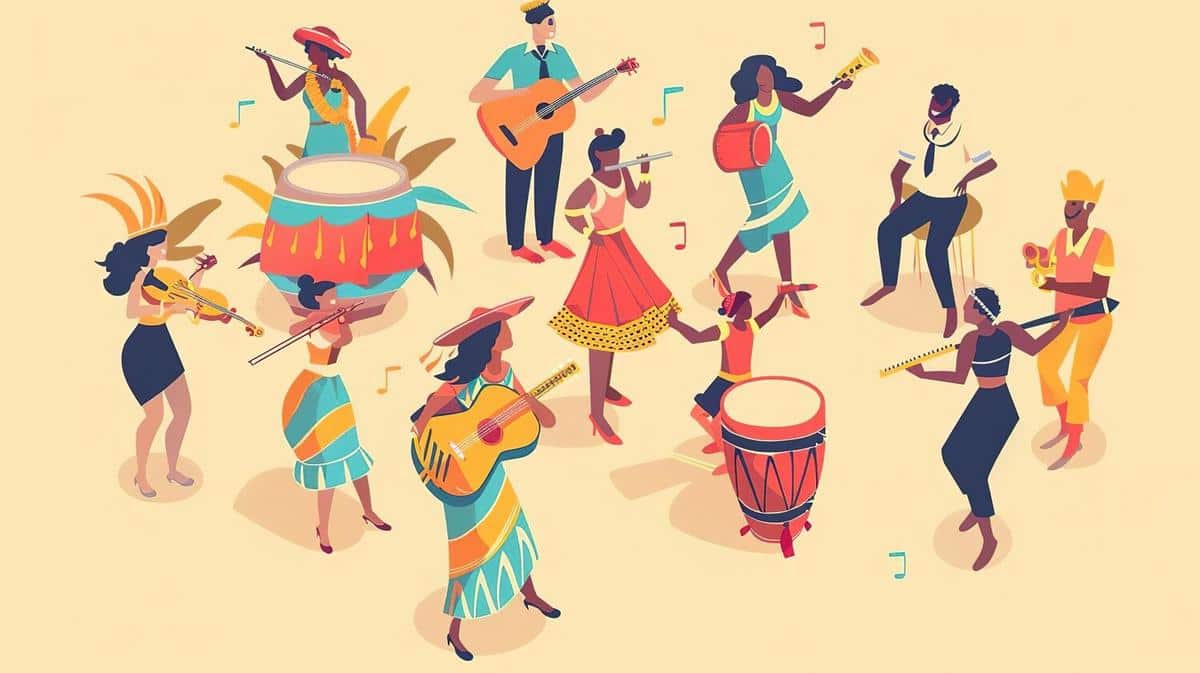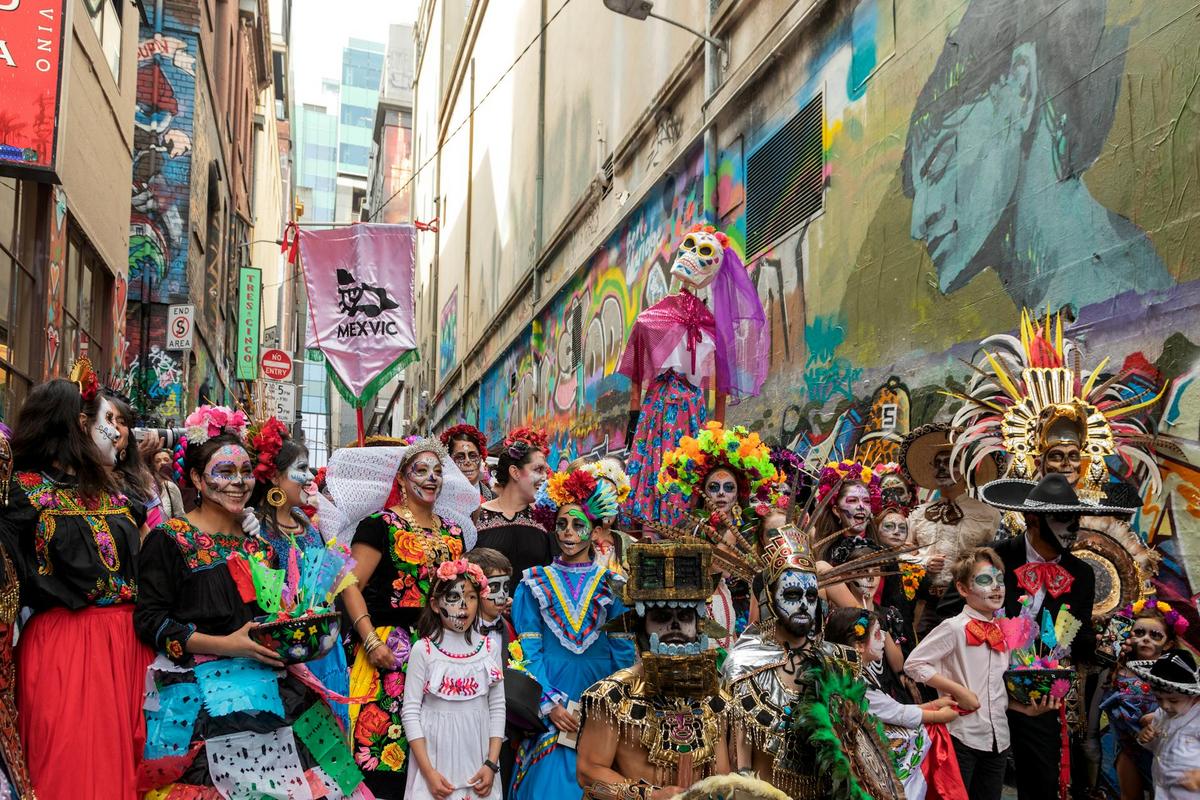
Exploring the Cultural Roots of Folk Music
Folk music is more than just melodies and lyrics; it’s a reflection of cultural identities, traditions, and histories passed down through generations. In exploring the roots of folk music, we uncover the stories of communities and their shared experiences, revealing a rich tapestry of human expression.
Folk music has long been a vehicle for storytelling and cultural preservation. At its core, it embodies the spirit of the people, capturing their joys, struggles, and aspirations. According to ethnomusicologist Bruno Nettl, folk music serves as a ‘cultural thermometer,’ reflecting societal changes and values.
The Historical Context of Folk Music
Tracing the origins of folk music often leads us to rural communities where oral traditions were paramount. These songs were not just entertainment but tools for education and communication. With roots in ancient civilizations, folk music varied significantly across regions, each style influenced by local customs and histories.
Regional Variations
Every culture has its own unique folk music signature. In Ireland, for instance, traditional folk tunes often include instruments like the fiddle and tin whistle, forming a lively soundscape. In contrast, American folk music, influenced by immigrants, includes the banjo and harmonica, reflecting a melting pot of influences.
| Region | Instrument | Characteristic |
|---|---|---|
| Ireland | Fiddle | Lively, dance-oriented |
| Spain | Guitar | Flamenco rhythms |
| India | Tabla | Complex rhythms |
| Brazil | Cuica | Samba beats |
| Africa | Djembe | Polyrhythmic |
| China | Erhu | Melodic, narrative |
| Mexico | Vihuela | Mariachi style |
| Middle East | Oud | Modal scales |
The Role of Folk Music in Modern Society
Folk music remains relevant today, offering a sense of identity and continuity. It’s a source of pride and a reminder of one’s heritage. Musicians like Bob Dylan have modernized folk music, using it to comment on social and political issues, proving its enduring power.
“Folk music is the original melody of man; it is the musical mirror of the world.” – Friedrich Nietzsche
Actionable Tips for Exploring Folk Music
- Attend local folk music festivals to experience live performances and connect with the community.
- Explore online archives and streaming platforms dedicated to traditional music from various cultures.
- Join a folk music society or group to learn an instrument and participate in jam sessions.
Conclusion
Understanding the cultural roots of folk music enriches our appreciation for this timeless genre. It bridges past and present, offering a lens into the lives of those who came before us. By immersing ourselves in folk music, we celebrate the diversity and resilience of human creativity.
FAQs
What is the significance of folk music?
Folk music is significant because it preserves cultural traditions and reflects the social and historical context of its origin.
How can I learn more about folk music?
Attend festivals, join local music groups, and explore online resources dedicated to folk music.
Why does folk music vary across regions?
Folk music varies because it’s influenced by each region’s unique cultural, historical, and social factors.
What instruments are commonly used in folk music?
Common instruments include the guitar, fiddle, banjo, and various regional instruments like the tabla or djembe.


